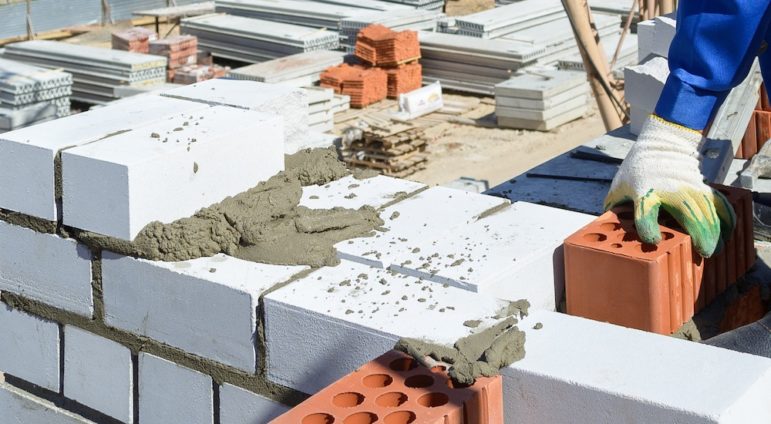
Pavel Starivov
The construction of middle-class housing is also key to solving the city's housing crisis, the author argues.
There has been intense pressure, and major media interest, on Mayor De Blasio to redirect funds toward building homes for the poorest New Yorkers. However, there has been little to no attention placed on the lack of housing options for moderate-to-middle income New Yorkers. Currently, the stock of “affordable living” in New York City is extremely low, and has pushed the city’s workforce away from the city. While this doesn’t sound as dire as finding housing for the homeless, efforts that are absolutely needed, there has been immense progress on that front. On the flip side however, affordable housing for middle-income residents has barely registered as part of the dialogue.
It was reported in November 2016 that nearly 60 percent of New Yorkers are only one paycheck away from being considered homeless. Further, a 2016 U.S. Federal Reserve survey found that nearly half of adults would struggle to cover an emergency expense of even $400. These numbers make it clear that New Yorkers, like many Americans, are living paycheck to paycheck. What money New Yorkers do have is primarily spent on rent. According to StreetEasy, the typical household renting in New York was expected to spend nearly two-thirds of its income on rent in 2016, up from 59.7 percent in 2015. To put that in perspective, the average starting salary in New York City for a police officer, teacher and nurse are $41,975, $54,000 and $69,000, respectively. Now compare this with the average monthly rental price of a one-bedroom apartment in Manhattan, Brooklyn and Queens at $3,249, $2,674.34 and $2,047.76, respectively.
Got an op-ed related to the 2017 race or the issues that the city ought be debating as the election approaches?
Email it to editor@citylimits.org.
With rental prices this high, how do we expect these individuals to afford to live in New York City? By overlooking the importance of creating the stepping stones that would allow our workforce to more easily build their way up to higher levels in career and income, we are preventing them from moving forward. It is imperative to provide those who are able to rise above homelessness with more opportunities, more structure and more services. This is exactly what the 421-a program is aiming to do – create new housing initiatives and incentive programs to support affordable housing for all income levels, especially our middle class.
While it may sound simplistic, this new program will be essential for middle-income individuals, as it will provide more affordable homes in central business districts. In fact, 421a mandates that at least 25 to 30 percent of all new housing stock built as part of the program has to be affordable housing. While this is certainly not the best or only solution to New York’s affordable housing problem, it’s a start. What’s more, 421a will help create additional jobs for our middle class, particularly in construction. This will build a stronger city infrastructure, which will in turn lead to companies investing more money in our city and supplying more materials at these new construction sites and developments. Further, these newly built units will give more people the opportunity to call New York home, which will add more taxable income for the city, helping to drive down the estimated $82 million deficit the program will cost in “unrealized taxes.”
While I applaud the larger conversation taking place around homelessness in New York City and how to prevent it, we need to broaden the discussion to include citizens who are living paycheck to paycheck. We need to ensure that the residents who are helping keep our city safe and educating our children are able to afford to live in New York City, and the only way to do this is by creating a path to follow instead of another roadblock to success. 421a is the program that will begin this discussion.
Heidi R. Burkhart, Founder and President of Dane Real Estate, is a 14-year veteran of the real estate industry and has facilitated closings in excess of 11,500 affordable housing units and over $1.6 billion in transactions.









One thought on “CampaignViews: In Defense of 421-a and Housing for the Middle Class”
Keep dreaming. Land and labor costs are so high in NYC that there is really no way to profitably build cheap apartments for the middle-class. More new construction may lower rents a bit but rents are always going to be relatively high in NYC. 421a isn’t going to change that. In my S.I. neighborhood a 3-BR apartment in a 2-family house just rented for $2k/month rent, and that’s with the long commute into Manhattan. The owner could have got more but gave his new tenants a break. This whole affordable housing scheme is going to somehow end up costing the NYC taxpayer billions of dollars.